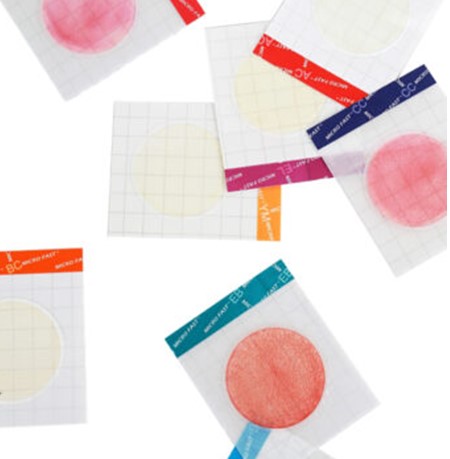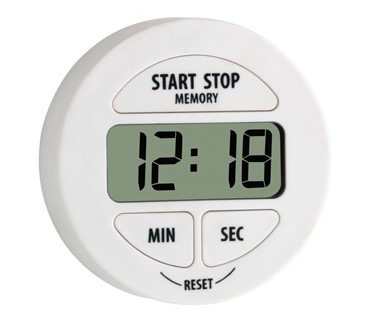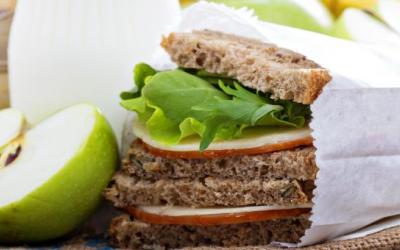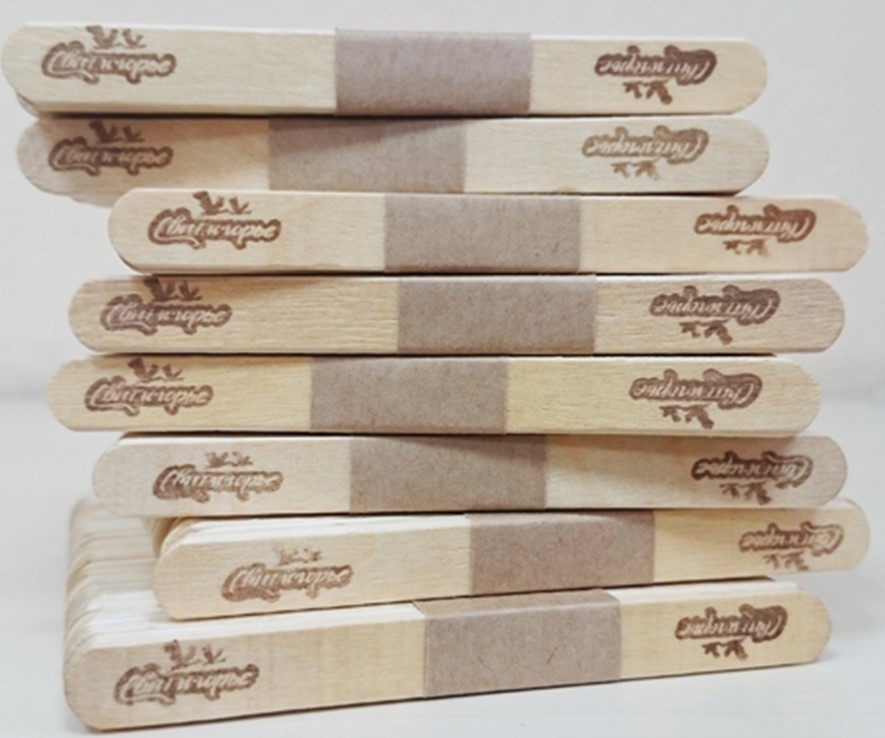Microbiological substrates, 10 interesting facts

Photo is illustrative in nature. From open sources.
Microbiological substrates are an integral tool in the work of microbiologists. They are used for cultivating, identifying and studying various microorganisms. Below are 10 interesting facts about microbiological substrates:
1. History of development: The first microbiological substrates were developed in the mid-19th century by Louis Pastern and Robert Koch. They became the basis for modern methods of cultivating bacteria.
2. Composition: Microbiological substrates contain specially selected components such as agar-agar, peptides, mineral salts and indicators, which provide optimal conditions for the growth of microorganisms.
3. Variety of Types: There are many different types of microbiological supports, including nutrient, differential, selective, indicator and others, each designed for specific purposes and applications.
4. Color indicator: Some microbiological substrates contain special color indicators that change color depending on the chemical processes occurring in the medium, which helps to identify certain microorganisms.
5. Antibiotics: Some microbiological substrates contain antibiotics , which help inhibit the growth of certain types of bacteria and help isolate others.
6. Solid and Liquid: Microbiological supports can be either solid (with agar) or liquid (without agar), depending on the required conditions for culturing microorganisms.
7. Quality Standards: The production of microbiological substrates is strictly controlled to ensure high quality products and reliability of research results.
8. Storage and Transportation: Many microbiological substrates require special storage and transportation conditions to maintain their effectiveness and prevent possible contamination.
9. Application: Microbiological substrates are widely used in scientific research, medicine, food industry, pharmaceuticals and other fields to study various aspects of the life of microorganisms.
10. Innovation: New types of microbiological substrates with improved properties are currently being actively developed, which contributes to the development of modern microbiology and biotechnology.
Microbiological substrates play a key role in the study and understanding of microorganisms, and knowledge of their characteristics and applications will help to better understand this fascinating field of science.
Read together with it:
- Antibiotics in Coffee: Myths and RealityCoffee is one of the most popular drinks in the world, and many people start their day with a cup of aromatic espresso or Americano. However, in recent years, rumors have emerged thatCoffee may contain antibiotics . This issue is of concern to consumers and requires careful consideration. What are antibiotics? Antibiotics are substances that are used to fight bacterial infections. They work by ki....
- Rospotrebnadzor has identified antibiotics and bacteria in meat products in the Angara region.Microbiological abnormalities were detected in 4.9% of samples, potentially indicating the presence of dangerous bacteria. The results for antibiotic levels were particularly alarming: levels exceeded the standard in 6.4% of samples. This may indicate that the animals were not given the required post-slaughter treatment period. Additionally, 4.4% of the MEAT did not meet physical and chemical stan...
- In Dagestan, 68 certificates of conformity for dairy, meat and fish products have been suspendedThe reasons for recognizing the declarations as invalid were insufficient data on the studies conducted and the absence of tests for potentially dangerous substances, such as antibiotics . As part of the laboratory tests of the North Caucasus branch of the Federal State Budgetary Institution "TsOK APK", violations of product quality and safety requirements were identified. In particular, the neces...
- Success in poultry farming: from chickens to quality meatAs of one and a half months, the chickens weighed about 1.5 kilograms in pure form, and at 55 days their weight increased to three kilograms. At the same time, during the entire period of care for the birds, antibiotics were not used , and the food consisted exclusively of high-quality compound feed. As a result, 4......
- A study has found dangerous bacteria and antibiotics in well-known brands of processed meat products.Specifically, listeria, which can cause serious illnesses such as meningitis and encephalitis, was detected in Myasnitsky Ryad brand sausages. Trace DNA from chicken and cattle was also found in the products , indicating possible production violations. Tests on some samples revealed exceeded permissible levels of fat peroxide, indicating improper storage conditions. Despite this, no domestic anima...
- Roskachestvo found pathogens and antibiotics in semi-finished meat productsRoskachestvo conducted a study of 19 brands of semi-finished MEAT products for grilling: 11 samples of kupaty and eight of sausages, during which pathogenic microorganisms were found in some of them. RBC has a copy of the study. The products were tested for 162 indicators of quality, safety and reliability of labeling, and organoleptic properties were also checked. All products were manufactured i...
- MQ01ER Rapid tests for determination of residual amounts of chloramphenicol in meat, offal, seafoodGeneral information: The kit is used to determine the antibiotic chloramphenicol in animal MEAT, including poultry, offal, seafood (fish, shrimp, shellfish, oysters) and eggs. Storage conditions: Test kits should be stored at 2-8°C. Shelf life: 18 months. The batch number and expiration date are indicated on the packaging. Operating principle: The reagent kit uses an immunochromatographic meth...
- Rosselkhoznadzor has identified 11 cases of poor-quality products in social institutions in the Oryol regionHe reported that since the beginning of 2025, 27 budgetary institutions have been inspected, as a result of which 56 samples of animal products were selected. In 11 of them, which is about 20%, discrepancies in quality and safety indicators were found. In two of the 39 studies, signs of falsification were found. Among the violations, experts noted the presence of microbial transglutaminase, sorbic...




























































